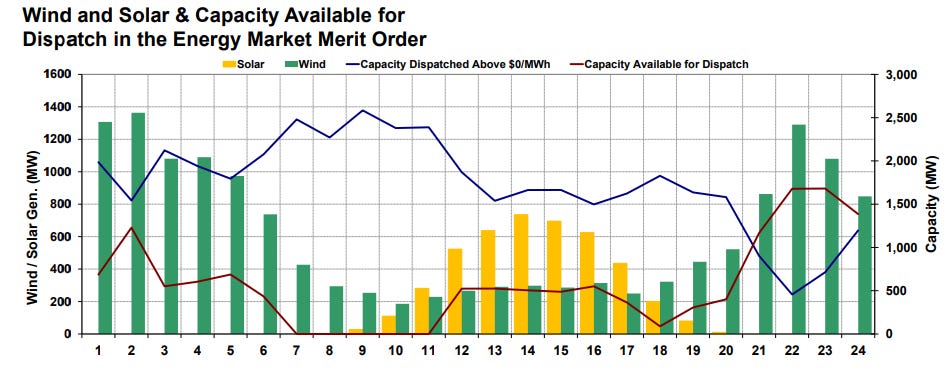Navigating electricity bills in Alberta can be confusing, especially with options like the Rate of Last Resort (ROLR) and the Regulated Rate Option (RRO). This post aims to clarify these terms and help you understand your Alberta electricity bill better.
What is the Regulated Rate Option (RRO)?
- The RRO was a regulated price for electricity set by RRO providers and approved by the Alberta Utilities Commission (AUC).
- It was created to as a default option provide a reasonable market based price option for electricity.
- However, the RRO price changed every month based on electricity market conditions and exposed consumers on the RRO to market volatility.
What is the Rate of Last Resort (ROLR)?
- The ROLR is a safety net for consumers who are unable to find a competitive electricity contract in the deregulated market.
- It is a default Fixed price option that will allow consumers who have not or are not able to choose a plan from a competitive retailer a reasonable market based price option for electricity.
- The ROLR is intended as a temporary measure until consumers can find a more suitable electricity plan.
Key Differences:
| Feature | RRO | ROLR | Park Power |
|---|---|---|---|
| Price | Generally more competitive than ROLR | Typically higher than RRO and other competitive rates | More competitive than RRO and ROLR. |
| Stability | A Variable style rate that changed every month. | A Fixed rate that will remain the same for longer periods. | Fixed and Variable Rates plans available. |
| Availability | Was vailable to all Alberta residential customers | Primarily for consumers who cannot find a competitive contract | Available to homes, businesses, and farms across Alberta. |
What the ROLR will cost depends on which ROLR/RRO provider. The below rates are set for 2 years.
- Epcor: 12.01 cents/kWh
- Enmax: 12.06 cents/kWh
- Direct Energy: 12.02 cents/kWh
Albertan’s can compare the ROLR to Park Power’s rates by viewing our current rates.
What Albertans Need to Know:
- Shop around for competitive rates: The Alberta electricity market is deregulated, meaning you have the freedom to choose your electricity provider.
- Understand your contract terms: Carefully review your electricity contract, including the term length, price, and any applicable fees.
- Monitor your electricity usage: Track your energy consumption to identify areas for potential savings.
- Consider energy-efficient options: Explore energy-efficient appliances and lighting to reduce your electricity consumption and costs.
- Stay informed: Keep up-to-date on any changes to electricity rates and regulations by visiting the AUC website.
By understanding the differences between the RRO and ROLR and by actively managing your electricity usage, you can make informed decisions about your electricity plan and keep your energy costs under control.



